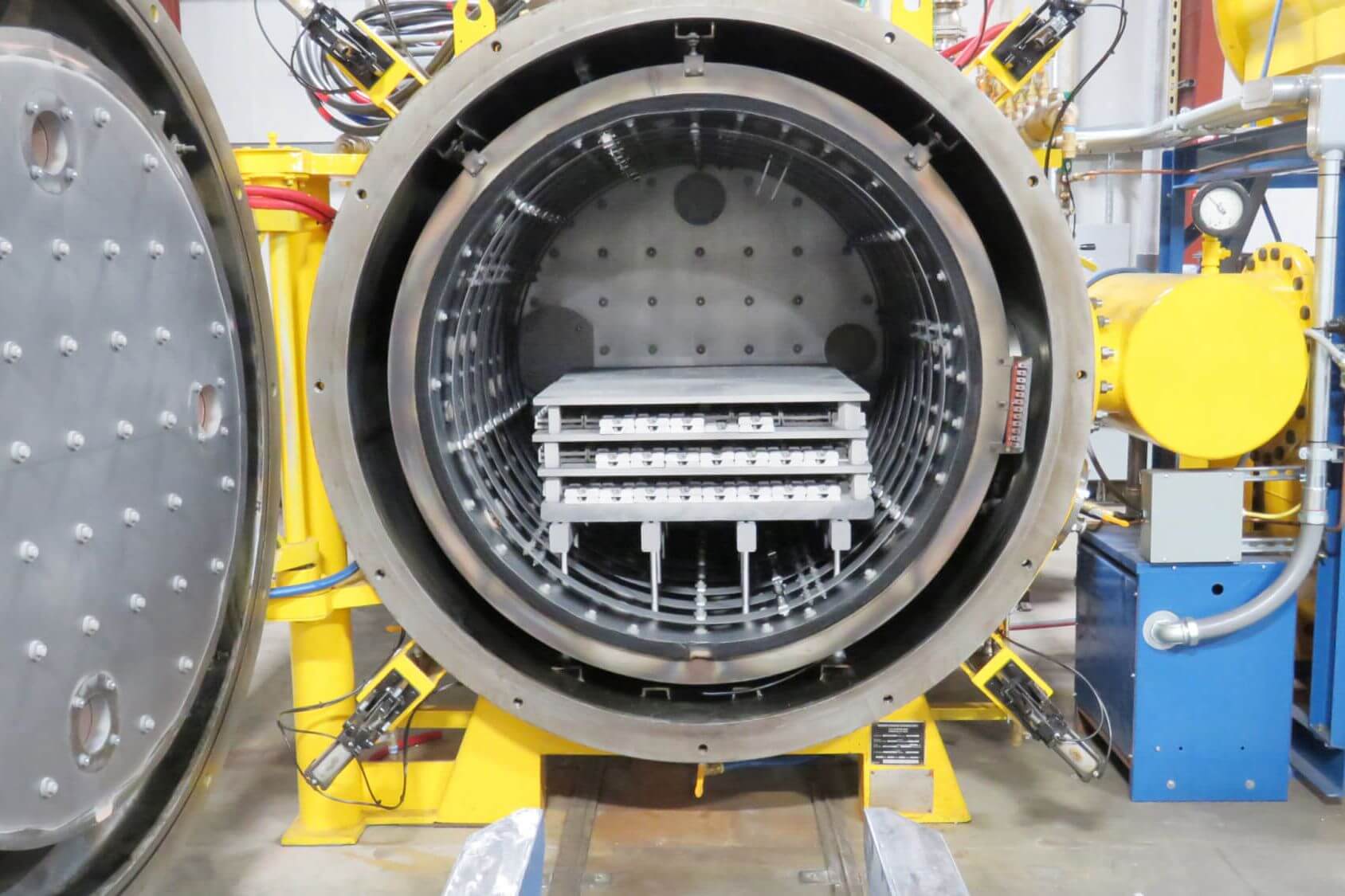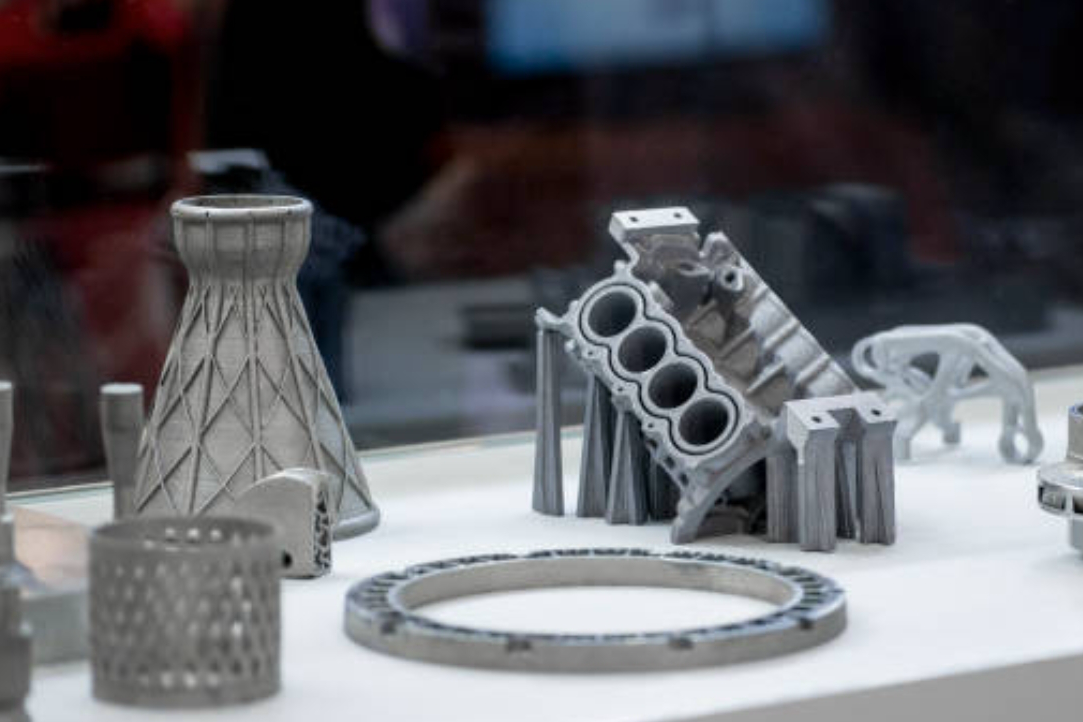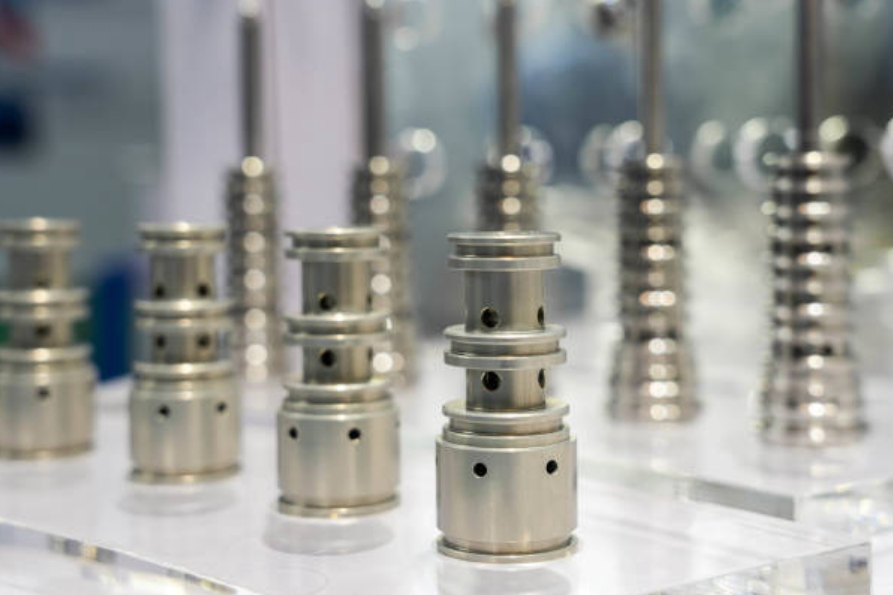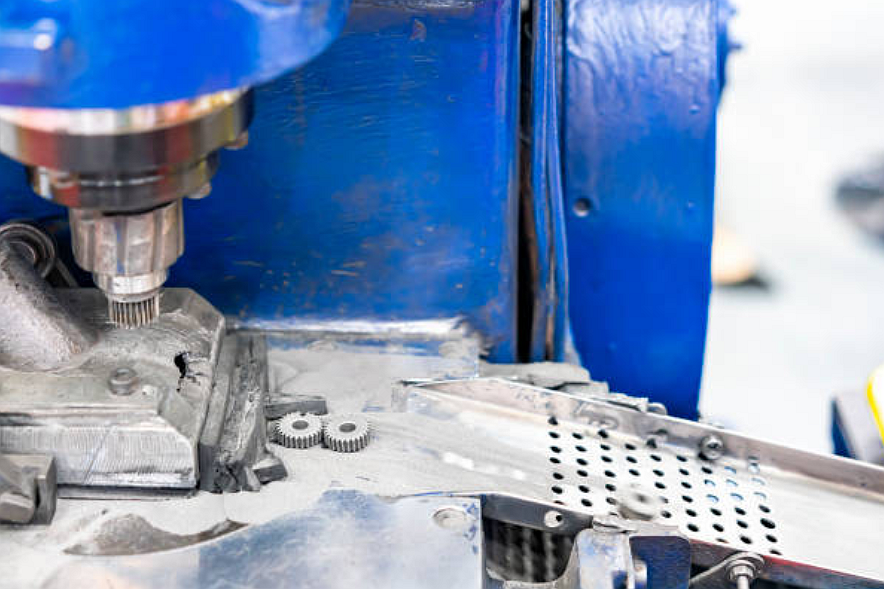What Are the MIM Metal Powder Manufacturing Methods
Introduction to Metal Injection Molding (MIM)
Metal injection molding (MIM) is a versatile manufacturing process that combines the benefits of plastic injection molding and powder metallurgy. It involves the production of complex-shaped metal parts using a fine metal powder mixed with a thermoplastic binder material. This mixture is injected into a mold cavity, creating intricate shapes that are difficult to achieve with traditional manufacturing methods. MIM offers numerous advantages, including cost-effectiveness, high precision, and the ability to produce large quantities of parts with consistent quality. Its applications span across industries such as automotive, telecommunication, medical, lock systems, and consumer electronics.
Importance of Metal Powder in MIM Process
Metal powder plays a crucial role in the success of the MIM process. The selection of MIM powder material, its particle size distribution, surface characteristics, and chemical composition significantly impact the final properties of the molded parts. The powder must have suitable flowability and good interaction with the binder material during the compression injection molding stage. It must also exhibit optimal debinding and sintering behavior to ensure proper densification and the desired mechanical properties in the final product. Thus, understanding the properties and behavior of metal powders is essential for achieving high-quality MIM parts.
Properties of Metal Powder
Particle Size Distribution
The particle size distribution of metal powders affects the feedstock's flowability, packing density, and green strength. Fine powders, such as Ti64 (Ti6Al4V), enable better mold filling, while coarser powders can enhance the flow characteristics. Achieving the desired particle size distribution is crucial for producing defect-free parts.
Surface Characteristics
The surface area, morphology, and chemical composition of metal powders influence their interaction with the binder material and affect the final surface finish of the injection molded steel parts. Powders with optimized surface characteristics, such as debinding and sintering behavior, enhance the bonding between particles and the binder, improving strength and dimensional stability.
Chemical Composition
The chemical composition of metal powders, including iron sintering powders, determines the properties of the final sintered parts. Alloy powders, such as Ti64 (Ti6Al4V), are commonly used in MIM to achieve specific mechanical, thermal, or corrosion resistance properties. The precise control of the powder composition is crucial to meet the desired material specifications.
Conventional MIM Powder Production Methods
Usually, according to the principle of transformation, it is divided into two categories: mechanical method and physical-chemical method, which can be obtained directly from solid, liquid, and gaseous metals and can be transformed from metal compounds in different states through reduction, pyrolysis, and electrolysis. Make. Carbides, nitrides, borides, and silicides of refractory metals can generally be prepared directly by compounding or reduction-combination methods. Due to different preparation methods, the same powder's shape, structure, and particle size often vary greatly. The preparation methods of powder are listed as follows, among which the most widely used methods are reduction, atomization, and electrolysis.
Atomization Process
The atomization process involves converting a molten metal into fine droplets using various techniques, such as gas atomization or water atomization. These droplets rapidly solidify, forming metal powder particles. Atomization allows the production of powders with controlled particle sizes and spherical morphology, which are favorable for MIM applications. Commonly used atomization methods include gas atomization and water atomization.
Gas Atomization
In gas atomization, a stream of molten metal is introduced into a chamber, dispersed by high-pressure gas jets. The metal is fragmented into fine droplets that solidify into spherical powder particles. The gas atomization is widely used due to its ability to produce powders with a narrow particle size distribution and good flowability. Metal injection molding companies often employ gas atomization to ensure high-quality powders.
Water Atomization
Water atomization involves the injection of molten metal into a water stream. The metal rapidly cools and solidifies into irregularly shaped powder particles. Water atomization is suitable for producing larger particle sizes and is often used for applications where cost efficiency is a priority.
Process | Metal Powders | Alloy Powders | Particle Shape | Granularity um | |
Atomize | Air atomization | Al, Fe | nearly spherical | 1000-20 | |
Water atomization | Fe, Ni, Cu, Sn, Pb, etc. | Low alloy steel, stainless steel | Irregular | ||
Inert gas atomization | Metals with a melting point below 1700C | Alloy steel, high-temperature alloy | Spherical | ||
Centrifugal atomization | Metals with a melting point below 1700C | Alloy steel, titanium alloy, high-temperature alloy | Spherical | ||
Mechanical | General grinding, such as ball milling | Fe, Si, Mn, Cr, Be | Steel, iron alloy | 500-10 | |
Vortex grinding | Plastic Metal | Alloy steel | Disc | ||
Cold flow broken | Low-temperature brittle metal | Irregular | |||
High-energy ball mill | Fe, Ni, Cr, W, Mo, etc. and oxides | Nearly spherical, irregular | |||
Electrolysis | Aqueous solution electrolysis | Fe, Cu, Ni, Ag, Cr, Mn | Fe-Ni, Fe-Mn, Fe-Mo | Dendritic or irregular | < 150 |
Molten salt electrolysis | Zr、Th,Be、TaTi | Cu-Ni, Cu-Zn, etc. | < 1000 | ||
Mechanical Alloying
Mechanical alloying is a powder production method that involves the repeated cold welding, fracturing, and rewelding of powder particles in a high-energy ball mill. This process leads to synthesizing homogeneous alloyed powders with fine particle sizes and improved mechanical properties.
Mechanical Alloying: The metal powders are milled with alloying elements to achieve the desired composition in mechanical alloying. The high-energy ball milling promotes the diffusion of atoms and the formation of a solid solution. Mechanical alloying is commonly used to produce Ti64 (Ti6Al4V) powders, as it allows for the precise control of alloy composition and microstructure refinement.
Powder Materials and Characteristics: Mechanical alloying is employed with various metal powders, such as Ti64 (Ti6Al4V), compression injection molding steel, and other alloying elements. The process results in fine, homogeneous powder mixtures, facilitating the production of high-quality MIM feedstock.
Electrolytic Methods
Electrolytic methods utilize an electrolyte solution to deposit metal onto a cathode, which is then mechanically processed to obtain metal powder. Electrolytic methods offer precise control over the powder morphology and purity.
Electrolytic Methods: Electrolytic processes like electrodeposition or electrowinning produce metal powders with controlled particle sizes, specific shapes, and high purity. Electrolytic methods are commonly employed for specialized applications or when fine control over powder characteristics is necessary.
Powder Materials and Characteristics: Electrolytic methods can produce various metal powders, including titanium alloys like ti64 Ti6Al4V, iron sintering powders, and steel alloys. The resulting powders exhibit high purity and can be tailored to meet the requirements of MIM applications.
Gas Atomization
Gas atomization is a versatile powder production method that involves injecting molten metal through a nozzle into a gas stream. The high-velocity gas breaks the molten metal into fine droplets, rapidly solidifying it into spherical powder particles.
Gas atomization is widely used to produce metal powders for MIM applications because it produces spherical particles with controlled particle sizes. The process allows for the production of various metal alloys with tailored properties.
Powder Materials and Characteristics: Gas atomization can produce metal powders from various materials, including steel and titanium alloys like ti64 Ti6Al4V. The resulting powders exhibit excellent flowability and sintering behavior, making them suitable for high-quality MIM parts.
Powder Characterization and Quality Control
Particle Size Distribution Analysis
Particle size distribution analysis is performed to measure and evaluate the size distribution of metal powder particles. This analysis ensures proper flowability, mold filling, and sintering behavior during the MIM process. The particle size distribution directly affects the sintered parts' final density, mechanical properties, and dimensional accuracy.
Surface Area Measurement
Surface area measurement quantifies the total surface area of metal powder particles. It provides insights into the powder's reactivity, agglomeration tendency, and sintering behavior. Surface area measurement helps optimize the powder's surface characteristics to enhance its interaction with the binder material and improve the final part quality.
Chemical Composition Analysis
Chemical composition analysis determines the elemental composition of metal powders. It ensures that the powder materials, such as iron sintering powders, meet the desired specifications and helps maintain consistency in material properties throughout the MIM process. Accurate control of the powder's chemical composition is crucial for achieving the final parts' desired mechanical, thermal, and corrosion resistance properties.
MIM Parts Applications and Material Selection
Common MIM Materials We Use:
Key Considerations for Material Selection
When selecting materials for MIM applications, engineers and buyers should consider the following factors:
Mechanical Properties: Assess the material's tensile strength, hardness, impact resistance, and fatigue properties to ensure they meet the application's load-bearing requirements.
Chemical Compatibility: Consider the material's resistance to corrosion, oxidation, and chemical exposure in the intended operating environment.
Dimensional Stability: Evaluate the material's thermal expansion coefficient and ability to maintain dimensional stability over a wide temperature range.
Cost-Effectiveness: Consider the material's availability, production costs, and overall affordability for the intended application.
Design Complexity: Assess the material's ability to achieve intricate geometries and complex shapes through the MIM process.
Overview of Popular MIM Applications
MIM finds application in various industries, including:
Automotive: MIM produces engine components, transmission parts, and fuel system components due to its ability to achieve complex shapes and high precision.
Medical and Dental: MIM manufactures surgical instruments, orthopedic implants, and dental brackets due to its biocompatibility and ability to produce intricate designs.
Aerospace: MIM is utilized in aerospace applications for producing lightweight, high-strength parts such as turbine blades and brackets.
Electronics: MIM produces electrical connectors, sensor components, and miniaturized electronic devices due to its ability to achieve high-density and complex geometries.
Conclusion:
Understanding the various metal powder manufacturing methods is crucial for successful metal injection molding (MIM) processes. The choice of powder production method and the properties of metal powders significantly impact the final properties of MIM parts. Metal powders with tailored characteristics can be produced through atomization, mechanical alloying, electrolytic methods, and gas atomization. Accurate powder characterization and quality control measures, including particle size distribution analysis, surface area measurement, and chemical composition analysis, ensure MIM parts' desired properties and performance. By considering the material selection criteria and exploring the wide range of MIM applications, engineers and buyers can leverage the benefits of powder metallurgy to fulfill their specific needs and requirements.
To welcome new customers onboard, we are offering an exclusive discount of 20% off your first order with us. Experience Neway's metal injection molding services' quality, precision, and reliability while enjoying significant savings. Don't miss out on this limited-time offer to kickstart your partnership with us!
Choose Neway for your metal injection molding needs and unlock the true potential of precision engineering. Contact us today to discuss your project and take advantage of our exceptional services.




